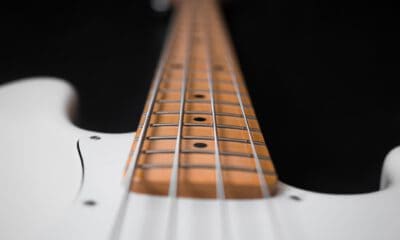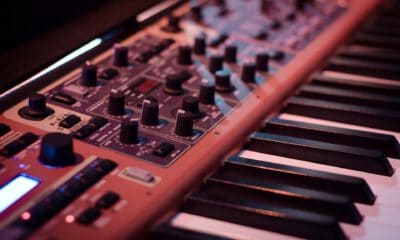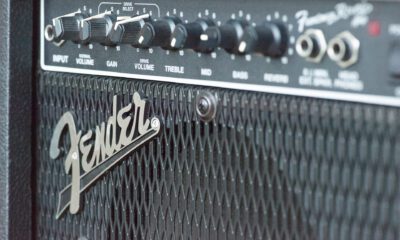Music Production
What are the Pedals on the Piano Doing? A Small Guide
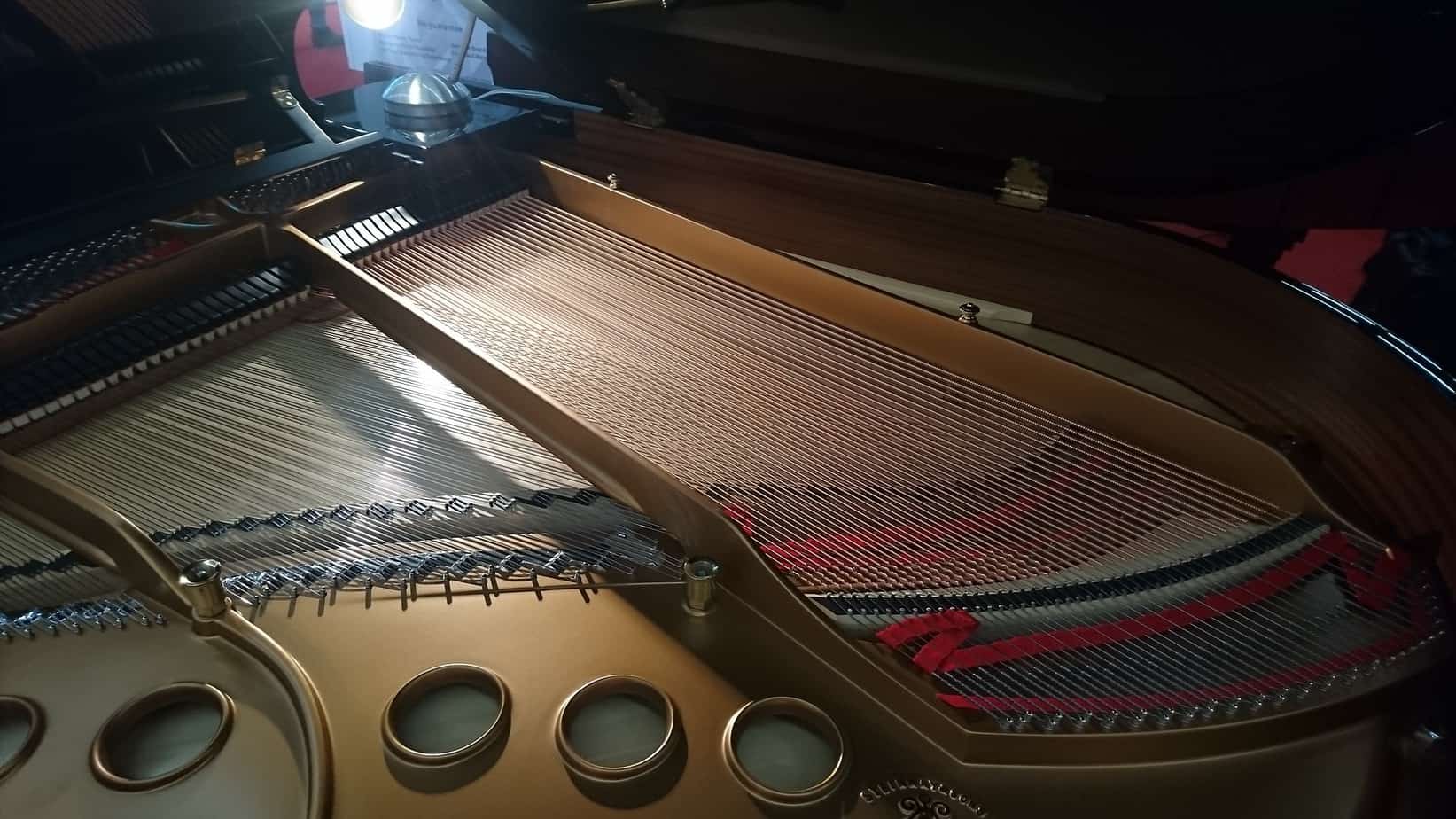
The piano is one of the most used and most important instruments of all. You may have noticed that there are pianos with 2 and with 3 pedals. Now the question is:
What are the pedals on the piano doing?
The sustain pedal (right pedal) makes the notes you play resonate when you stop playing them, while the sostenuto pedal (middle pedal) makes only the note you just played resonate. The Left Pedal (Una Corda Pedal) provides a quieter tone with a softer sound.
Of course, this is just the short answer. If you also want to know how each pedal works and, when you should use the different pedals on your piano, you’ve come to the right place.
Let’s start with the basics.
What Pedals does my Piano Have?
As mentioned earlier, pianos usually have either 2 or 3 different pedals. However, the majority of pianos have 3 pedals.
On the right side of almost all pianos is the so-called Sustain Pedal (or also called forte pedal).
On the left is in most cases the Una Corda pedal.
In the middle, however, it gets more exciting: there is either no pedal (on pianos that have only two pedals), a sostenuto pedal or a damper pedal.
Each of these pedals has a different purpose and allows us as pianists to create a different sound each time.
Now let’s take a look at how the different pedals work and what you can specifically use which pedal for:
The Sustain Pedal in Detail
The sustain pedal is by far the most used pedal. It is usually located on the far right.
When you press the sustain pedal, the dampers are removed from the strings of your piano.
Usually, the notes you play stop as soon as you release the keys. This is because the vibrations of the string are stopped by the dampers.
However, if you pressed the sustain pedal and stopped playing the key, the string will continue to vibrate normally.
To stop the sound, you must either wait (the vibration of the string will automatically decrease and the sound will become quieter and quieter) or take your foot off the pedal. This automatically dampens the notes again.
The Middle Pedal in Detail
As mentioned, there are several possibilities as to which pedals are in the middle of your piano.
So let’s take a look at how to find out which pedal is in the middle of your piano and what you can use it for.
The Sostenuto Pedal
The sostenuto pedal is relatively similar to the sustain pedal.
However, the dampers are not completely removed, but only on the notes that are being played.
Whereas with the sustain pedal all notes resonate (and the dampers do not dampen), when using the sustain pedal only the notes that are currently being played resonate.
All notes played before or after it will be damped normally.
The sostenuto pedal is by far not used as often as the sustain pedal. In practice, there are hardly any pieces or songs in which the pedal is notated.
On the one hand, this is due to the fact that this form of pedal has only existed since the late 19th century, on the other hand, the effect is much more special than that of the sustain pedal.
Another peculiarity is that on many pianos the sostenuto pedal can only be used in the approximately 1-2 lowest bass octaves.
The Practice Pedal
When you practice, you must pay attention to one thing above all: The well-being of those around you.
Especially if you practice short passages for hours (which don’t even sound good by themselves), you should be considerate of your neighbors (and for example your family) and play as quietly as possible.
This is exactly why some pianos have the practice pedal, which you can use to muffle your piano.
The way it works is that the practice pedal puts a sort of “dampening curtain” in front of the strings, which dampens your piano.
So that you don’t have to have your foot on the pedal all the time, you can usually “lock” the practice pedal in place by first pushing it down, and then to the left string.
Now you know first of all the two common variants of the middle pedal. Now, of course, the question is:
How do I find out which pedal is installed in my piano?
How you can tell which middle pedal you have
For this you have to use your middle pedal once. Now play a note:
If it sounds softer and duller than usual, your piano has a practice pedal. However, if the note resonates, your piano has a sostenuto pedal.
Now let’s move on to the left pedal of your piano:
The Una Corda pedal in detail
The Una Corda pedal makes the sound of your piano a little quieter and softer.
To explain how exactly this works, we first need to take a look at the construction of your piano:
Per note, your piano has a total of 3 strings per note in the higher octaves. So if you play normally, without pedal, all 3 strings will be played when you play a note.
For the lower tones, there are two strings at first, and for the lowest tones, there is only one string. (Here also all, so either both or the one string is played).
The Una Corda pedal now shifts the entire action in your piano about 1/2 centimeter to the right.
This means that only two strings will be played on the high notes and only one string on the lower notes.
Information: When you press the pedal, you will also see that the entire keyboard (i.e. all 88 keys) move to the right.
(When I used the pedal for the first time when I was 5 years old, I thought something was broken because of this. However, this is completely normal).
Now that we’ve looked at the different pedals in detail, let’s take a look at how you can use your pedals.
First, it’s good to know how each pedal is noted in the first place:
How are the pedals notated?
The sustain pedal is notated as “Ped.” notated. From then on you should hold the pedal down until the sign * is written in the notes. This sign indicates that you should release your foot from the pedal.
The sostenuto pedal is notated with “Sost. Ped.” notated. This should also be held up to the * sign.
The Una Corda pedal is written simply as “Una Corda”. This is to be held until “Tre Corda” appears in notes.
The practice pedal is not notated because it is not used in pieces and songs. It is, as the name suggests, for practicing only.
Important: Often the pedals are not notated at all. Then it’s up to your personal artistic freedom how and when you use the pedals.
(In 90% of the cases you will only use the sustain pedal anyway).
But now let’s look at what techniques you can use to apply the pedals:
Legato
The sustain pedal is great for creating the legato effect.
(Legato means that the individual notes and chords blend seamlessly).
The effect is created by first striking the notes and then using the sustain pedal. Then you take your finger off the key and play the next notes. Likewise, if the harmony changes, you also take your foot off the pedal for a moment. Otherwise dissonances would occur.
The legato technique is the most used and most likely the technique you learn first.
Here you can see a video where the technique is used:
The Most Powerful Sound
To amplify the sound of your piano (i.e. make it even louder and more powerful), you can also use a technique with your sustain pedal.
First you put your foot on the sustain pedal and press it down. Then you play the notes.
This creates the loudest and most powerful sound of your piano. Tip: It is best to use it only when playing forte or fortissimo. Playing piano with this technique is extremely difficult.
This technique is suitable, for example, if you want to play an extremely solemn or threatening piece.
Here you can see a video where the technique is used:
Accents and End Notes
Your sustain pedal can also be used to emphasize accents and end notes. For this you should use your sustain pedal and play the accent at the same time.
After that you have to take your foot directly off the pedal (otherwise you will also strengthen the following notes).
This technique is one of the most difficult ones, because it is extremely precise and you have to make sure that the pedal is actually simultaneous with what you are playing and want to accent.
Changes in dynamics and sound
For example, if you’re playing a piece in forte, and all of a sudden there’s a change in dynamics (for example, from forte to piano), you can add to the change through your pedals.
For example, if you play forte first, you can use the technique with the most powerful sound.
However, when piano comes afterwards, you can use the Una Corda pedal, for example, to make the sound suddenly softer, but also with a changed characteristic.
To achieve this effect, all you have to do is use the Una Corda pedal once there are the changes in dynamics.
Here is a video of a piece by Chopin where this technique is suitable in the middle section:
Playing with the Level of Intensity
You don’t always want to have the full effect. That’s why sometimes it’s recommended to press the pedals only halfway, for example, to have a more differentiated effect.
Here you can watch a video about this topic:
What happens when…
Before we get to the conclusion, let’s take a quick look at what happens when you don’t play with pedals at all:
For that, you can watch this video:
Summary and Conclusion
Those were the most important things you should know about your piano’s pedals.
Personally, I’m a very big fan of the pedals because they give you a lot of leeway for your own interpretation of the pieces you play.
If you master it properly, you can express what you want to express even better by using the pedals judiciously.
Likewise, the vast majority of pieces require you to use the pedals anyway. For example, here is another piece by Chopin:
As you can hear, it wouldn’t really sound good without the pedals, since many notes are simply repeated.
Tip: Master the use of the pedals, it will improve your general piano playing enormously.
In this video you can hear some of his etudes:
Insider tip: If you know how to use the sustain pedal correctly, you can also elegantly conceal wrong notes 😉
Now I wish you a lot of fun with putting your new knowledge into practice!

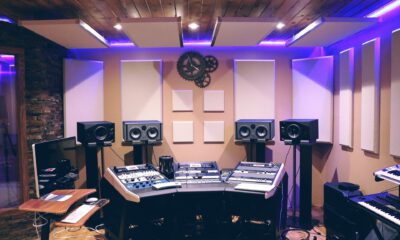
 Home Recording2 years ago
Home Recording2 years agoCan You Use Normal Speakers As Studio Monitors? The Simple Answer

 Photography2 years ago
Photography2 years agoIs A Leica Worth It? (What you should know)
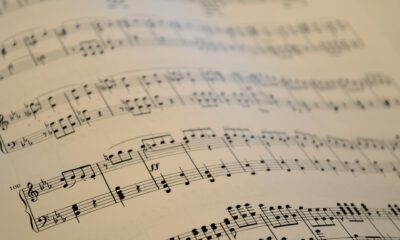
 Music Production2 years ago
Music Production2 years agoCan Piano Sheet Music Be Used For Other Instruments?
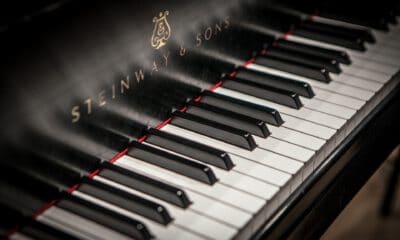
 Music Production2 years ago
Music Production2 years agoAre My Piano Keys Made Of Ivory? (How To Recognize It)







